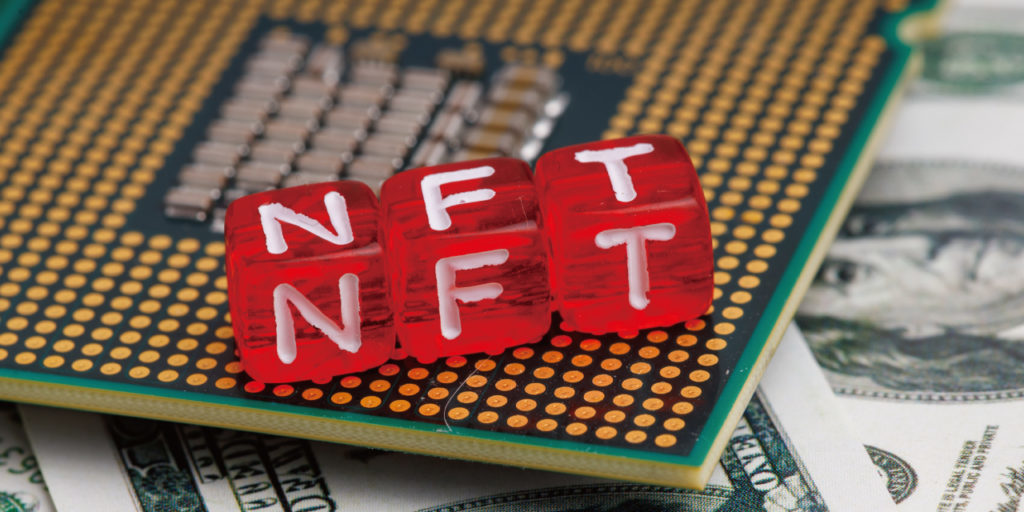In this day and age, you may often hear such phenomena as, “My artwork is spreading before I know it, and I don’t know which is the original work.
With the spread of the Internet, digitalized art has become a part of many people’s lives.
On the other hand, it is undeniable that the proliferation of digital technology also brings with it unforeseen disadvantages.
In this context, NFT (Non-Fungible Token) can give the value of “one and only in the world = unique existence” to digital data that can be copied without any secret.
These concepts are not only proof of the product, but can also increase the desire of fans to purchase a work of established value.
Table of Contents
WrapTag to issue NFT certificates tied to physical
NFT has proven the value of many digital arts and created the unique.
However, these are only concepts in the digital world, and their capabilities cannot be demonstrated in the physical world.
WrapTag proves the value of everything that exists in the physical world and creates even more possibilities.
Let’s take a look at the possibilities it creates.
WrapTag has
and four variations.
Four types of certificates are available, depending on the application. The difference between NFT certificates and conventional certificates is that they can be used for three-dimensional “objects” in common.
These certificates not only establish uniqueness, but also prove ownership of the “object”.
Proof of ownership will give the product a distinct advantage in the aftermarket, and will also clarify the distribution route of the “object,” which will help to address many social issues, such as the mislabeling of the product’s place of origin.
WrapTag can contain a lot of information. The content can be a wide variety, including text, images, and videos.
Imagine, for example.
Imagine, for example, the moment an artist you admire creates a work of art.
Traditionally, it is only when the work is completed that it has value and is certified as NFT.
However, with WrapTag, detailed information such as the production process can be registered, so the WrapTag itself can become a product with value.
This will give new possibilities to “objects” that until now have had no value.
Original proof introduced by luxury brands
When purchasing luxury brand products, “authenticity” is a prerequisite issue.
Some brands have a serial number engraved on the bag or purse, and the year and country of manufacture can be read from the alphabet and numbers.
Therefore, with few exceptions, bags and wallets were always considered to have serial numbers, and if they did not, they were said to be fakes.
However, around 2021, Louis Vuitton products without serial numbers began to circulate.
Then, the introduction of IC chips = “RFID tags” built into the products began, instead of “serial engravings that can be seen.
These are considered to be a breakthrough measure adopted by brands to prove the uniqueness of their products.
What is RFID tag: A tag that uses technology to exchange information from an RF tag embedded with ID information through wireless communication over a short distance (several centimeters to several meters, depending on the frequency band) using electromagnetic fields and radio waves.
WrapTag, a more practical evolution of RFID
There are several disadvantages to RFID tags, and this one is only a beneficial tool for brands.
Consumers who purchase a product cannot read the contents of the RFID tag and cannot use it as proof of uniqueness after purchase.
What would happen if WrapTag were used instead of RFID tags?
WrapTag is created using the blockchain, making it an irreversible and verifiable tool that anyone can use to verify and prove information.









